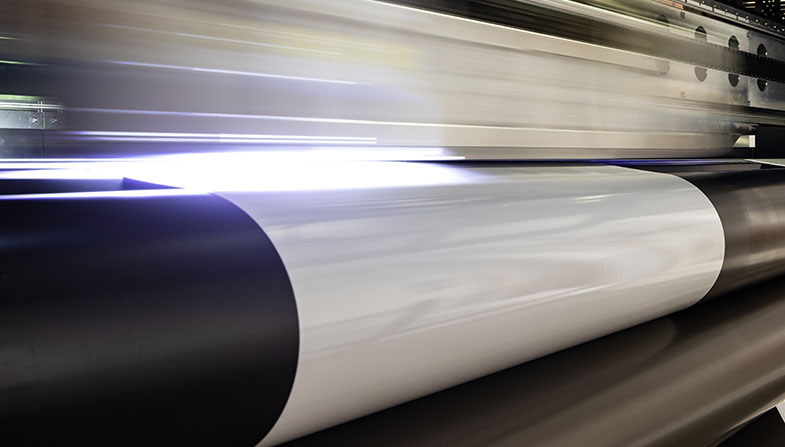
The most effective way to market products and entice new consumers is with visual graphics. Photos and artwork are a profitable business for companies and marketing firms. Using a subscription service software for royalty-free graphics is an innovative way to save money and add value to various marketing materials.
Note that the “free” in the term “royalty-free” refers to the copyright agreements between the purchaser and the supplier, deeming it to be in line with current national and international copyright laws. There are many advantages to choosing royalty-free images.
Thousands upon thousands of images are available and easily accessible royalty-free.
Think of any subject matter and an image will be available to use on your website or print advertisements. These images are high-resolution and continue to be updated each month so there is always something new to add to your collection.
Often, images are grouped together by category and can give your company a consistency in the graphics chosen. While your chosen graphics could be used by another business, using graphics that are a little more unusual will help you differentiate your imagery from other businesses. In most cases, using royalty-free images is unlikely to cause problems like brand confusion.
With a subscription service, you may have an allocation of a certain number of images per week or month. These types of high-resolution photos are perfect for larger-scale projects, vehicle wraps or outlines, and vinyl ready vectors. The sky’s the limit when it comes to professional-grade visual graphics for all types of applications. Each image is released for full commercial use in both online and print promotional advertisements.
Make sure not to be confused by the term “stock” photo versus royalty-free. They are terms often used together but do not mean the same thing.
Stock photos are typically more expensive. Their usage is controlled by the owner of the photo. Royalty-free photos, however, normally cost less than stock photos, but they can be used by anyone.
The main advantage of using royalty-free graphics is that you can take on the job of a graphic designer without doing any designing. Choose the images for your upcoming projects, rotate when needed by selecting from a vast library of files, and keep your website, social media, and marketing current without breaking the bank.
